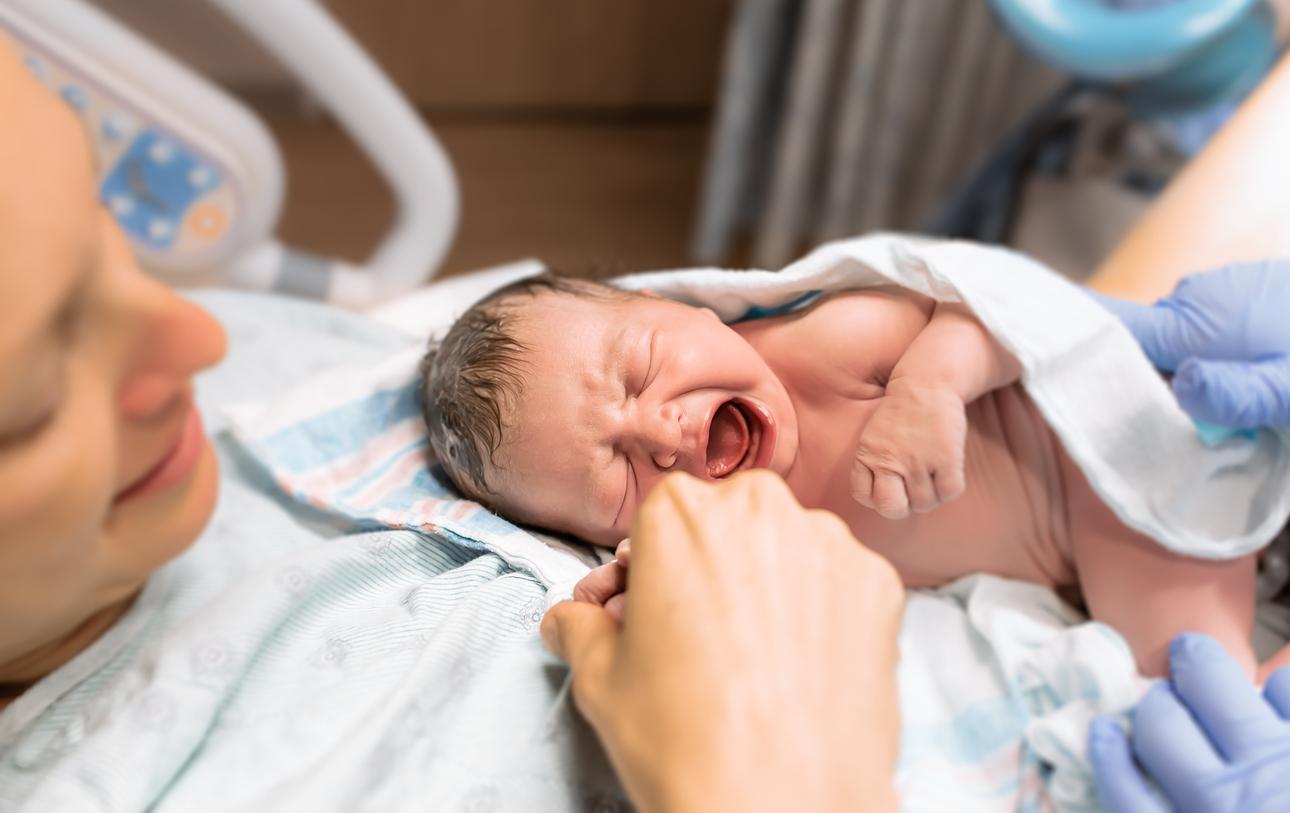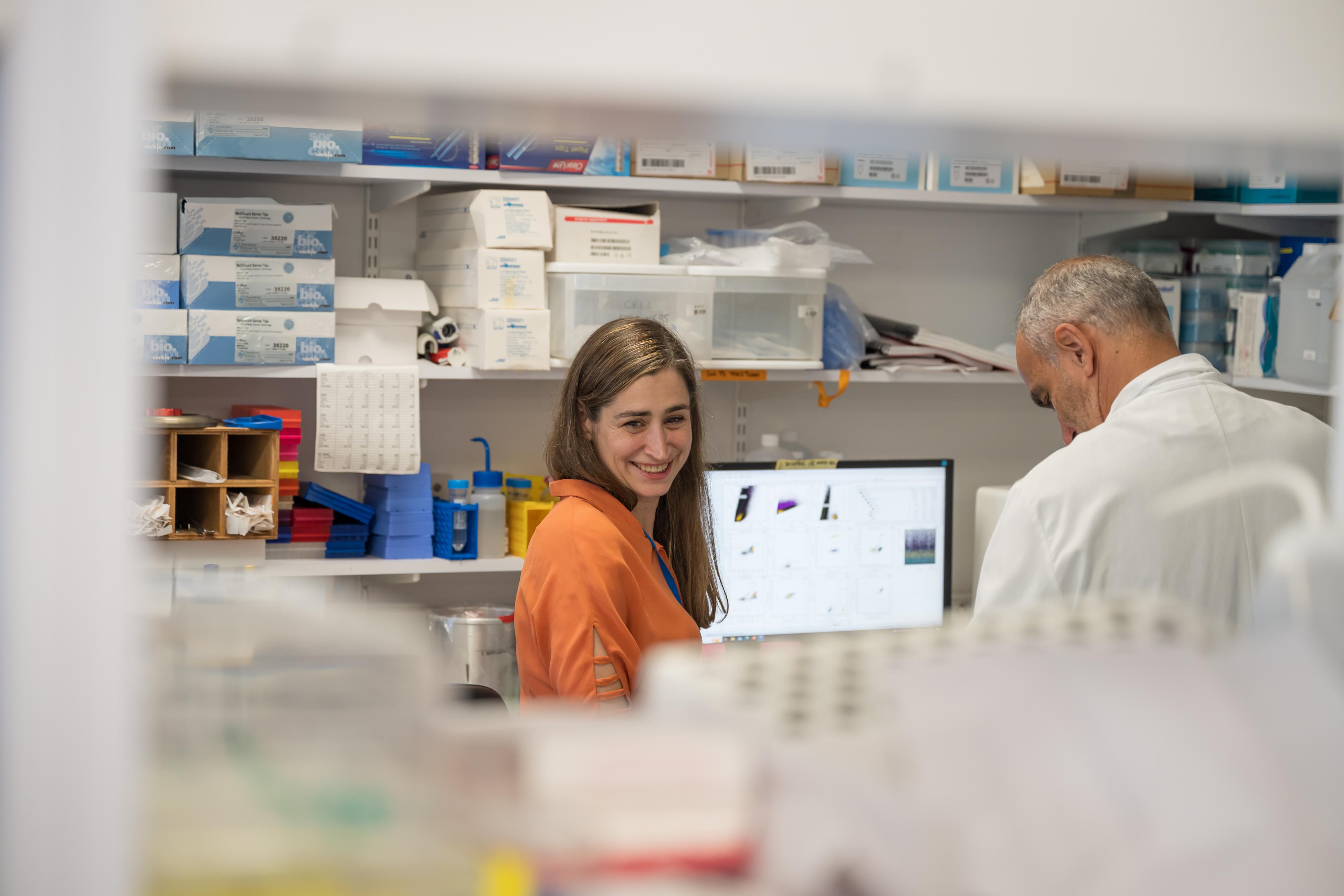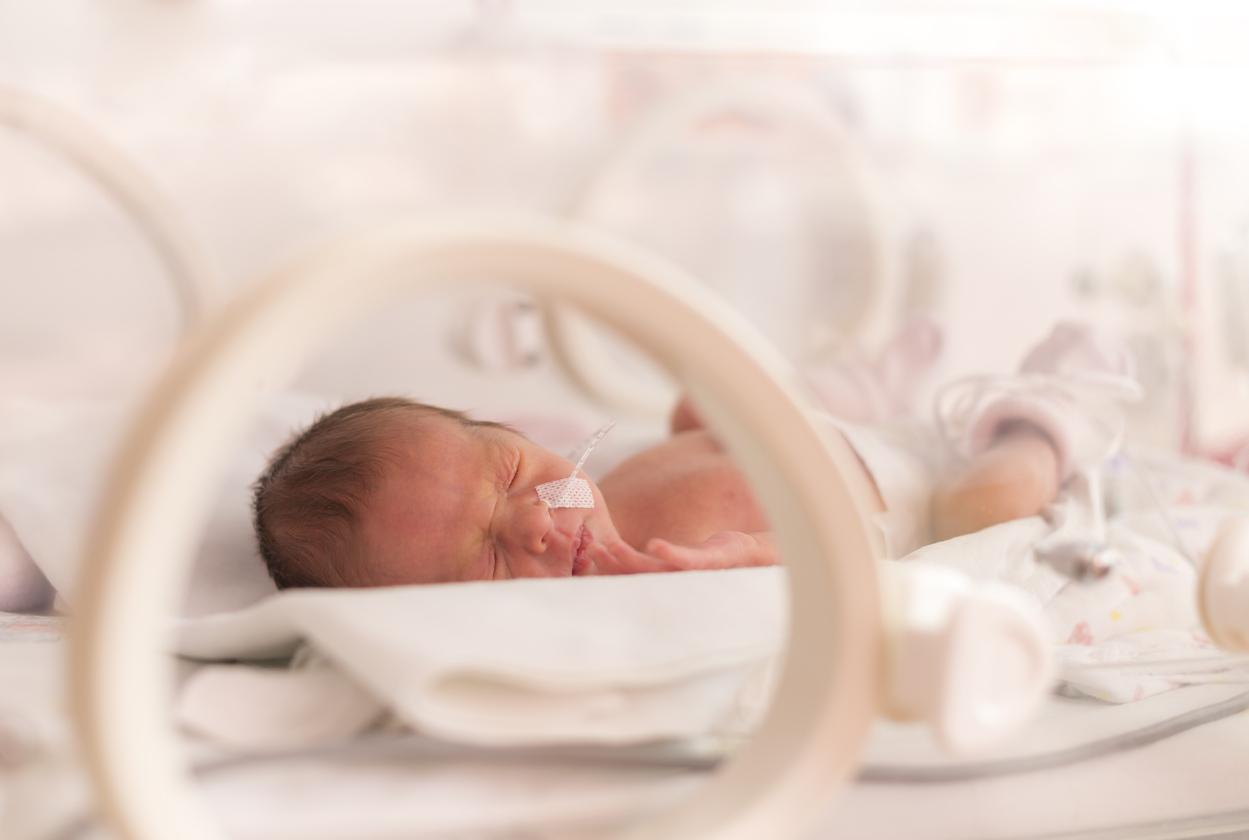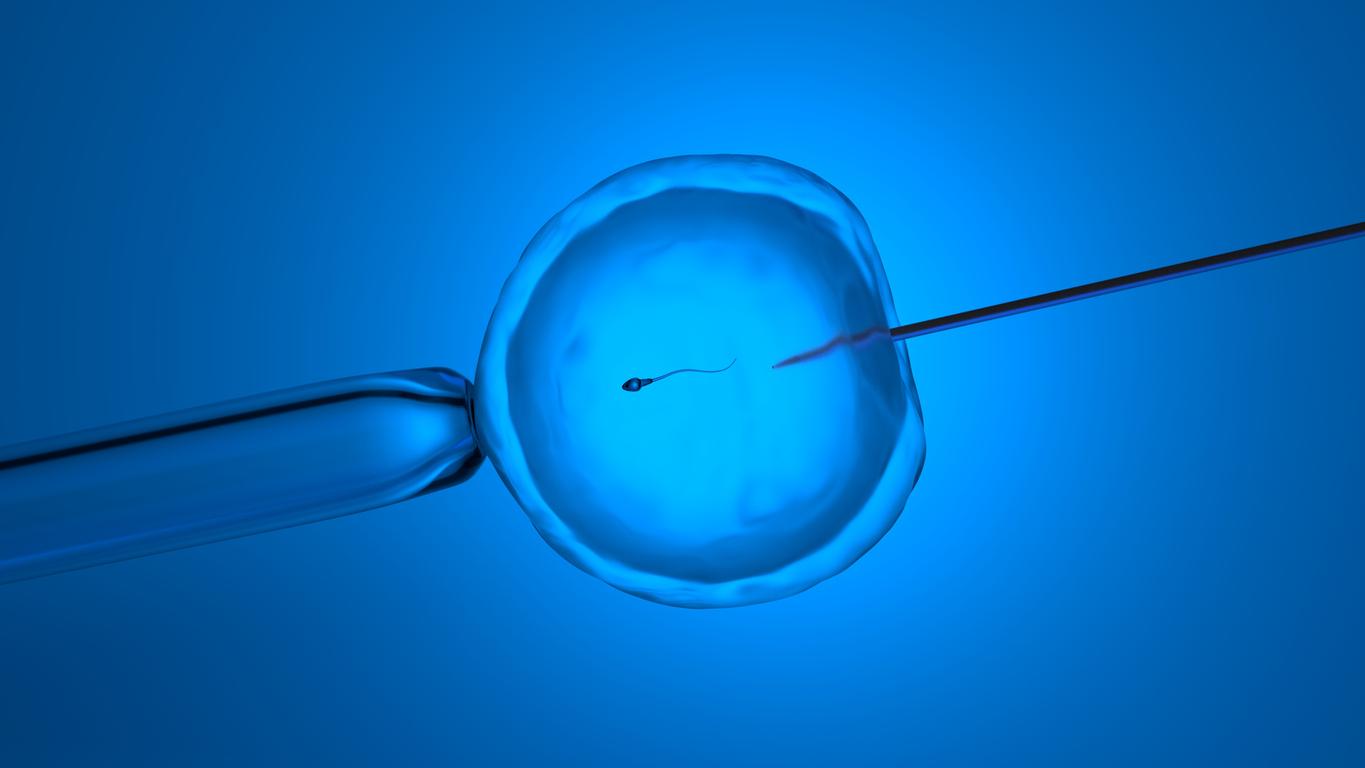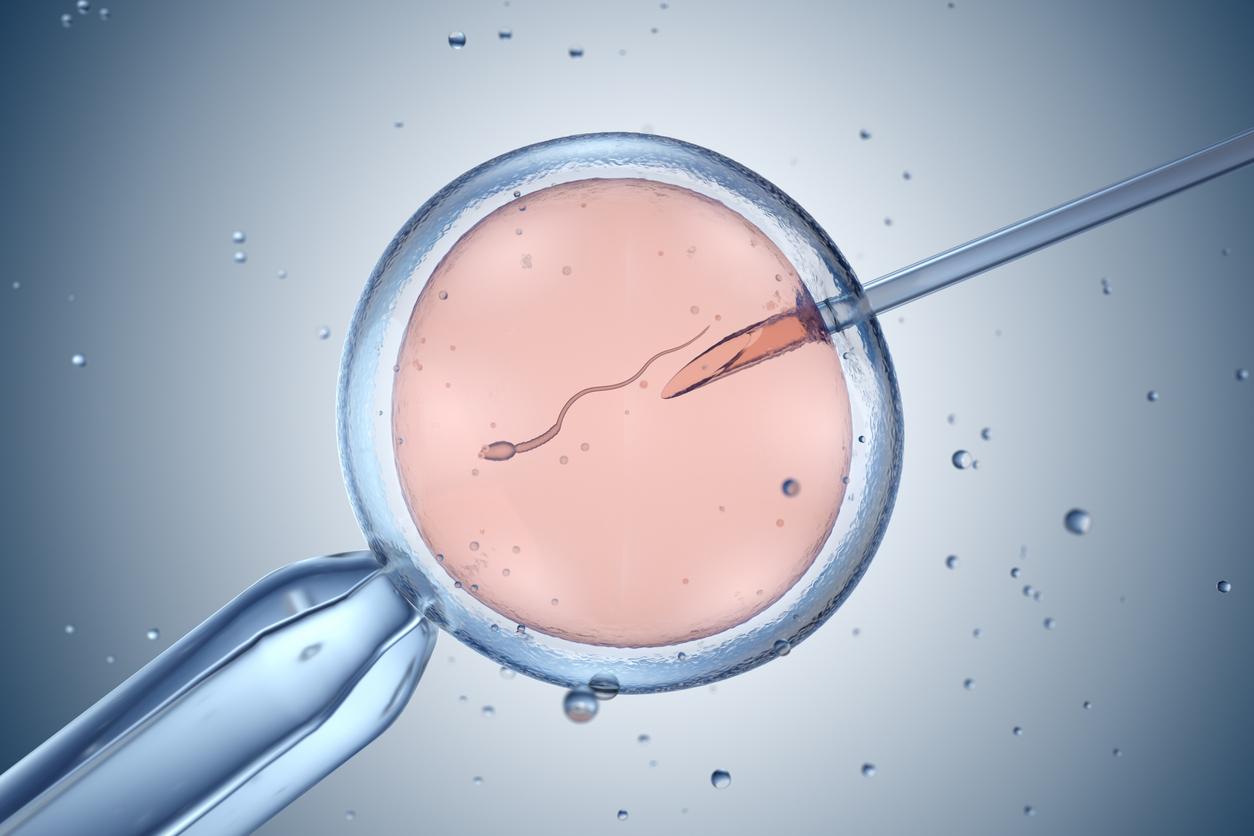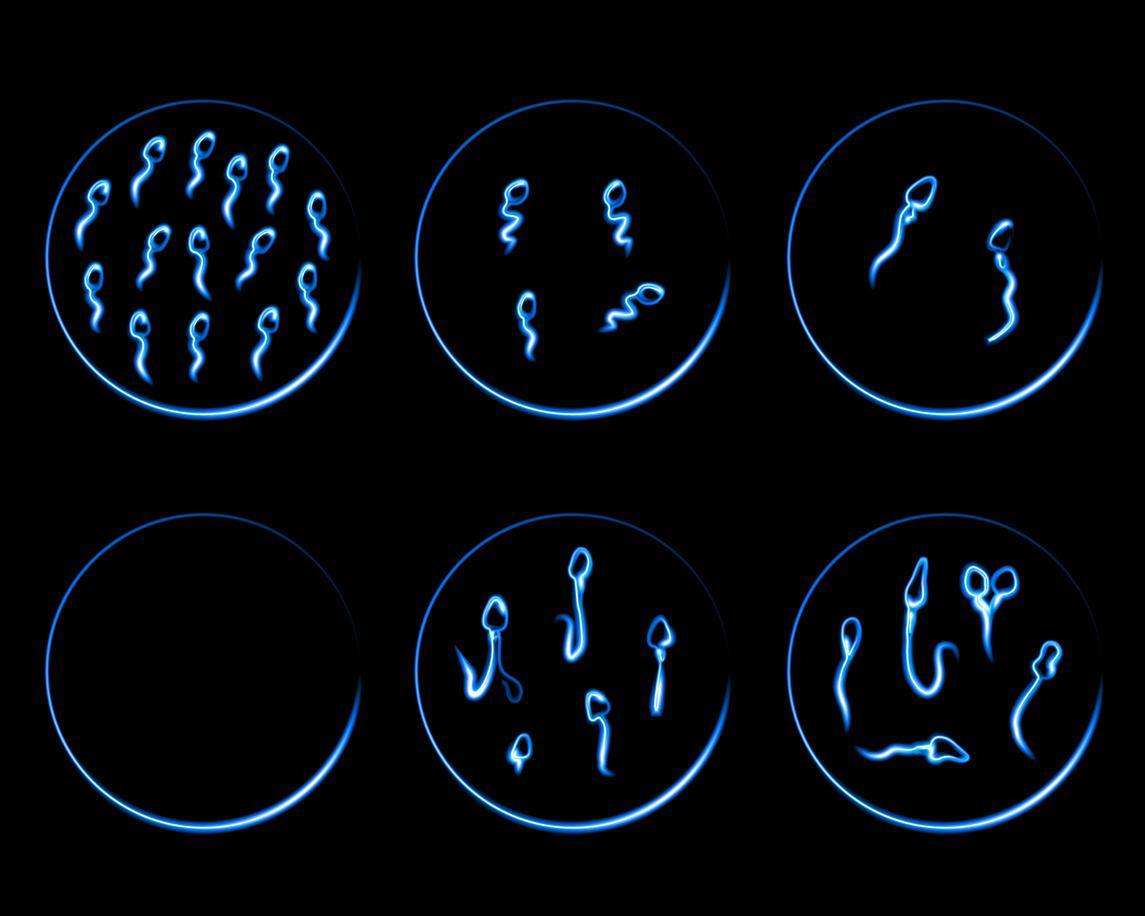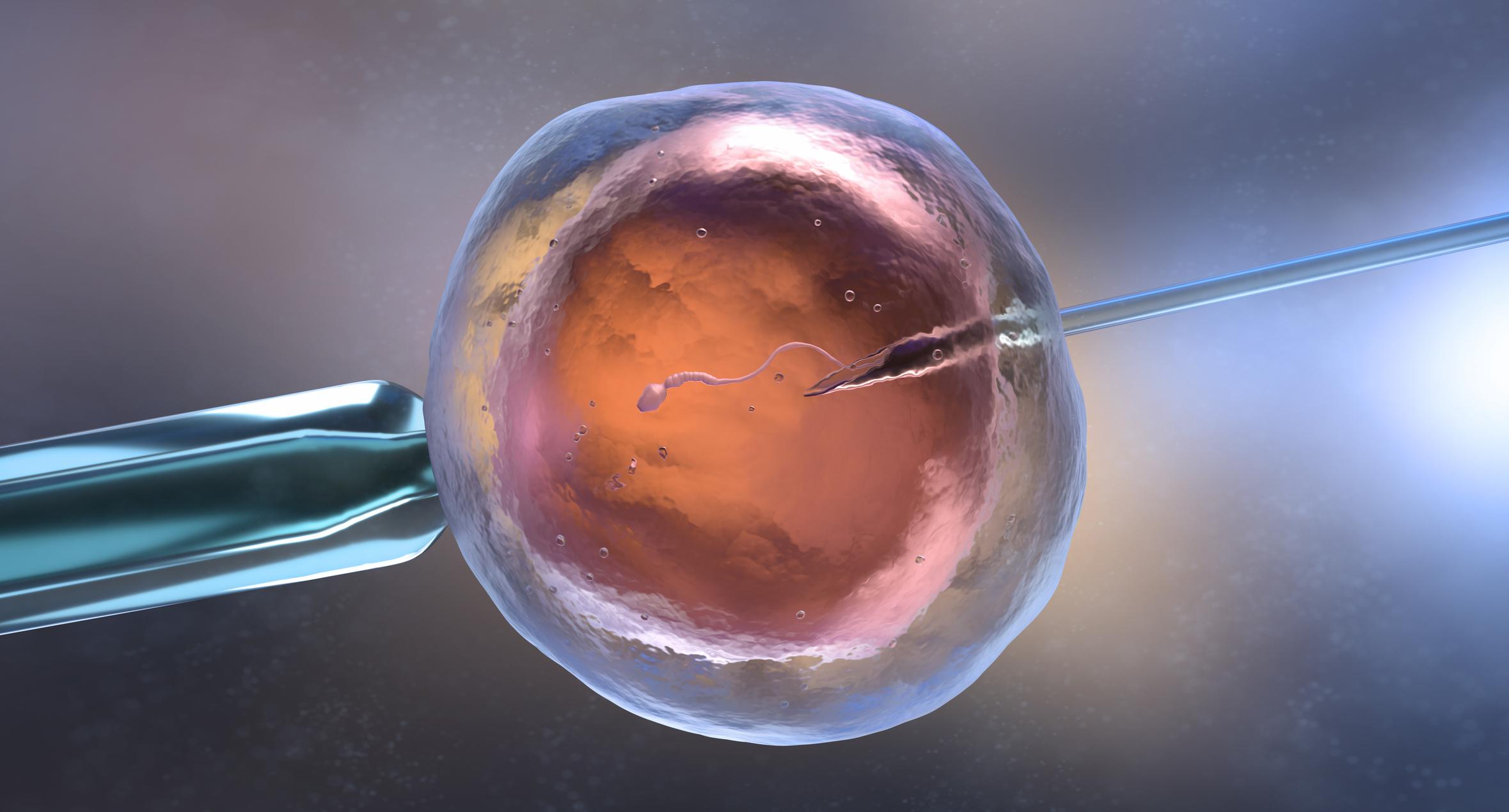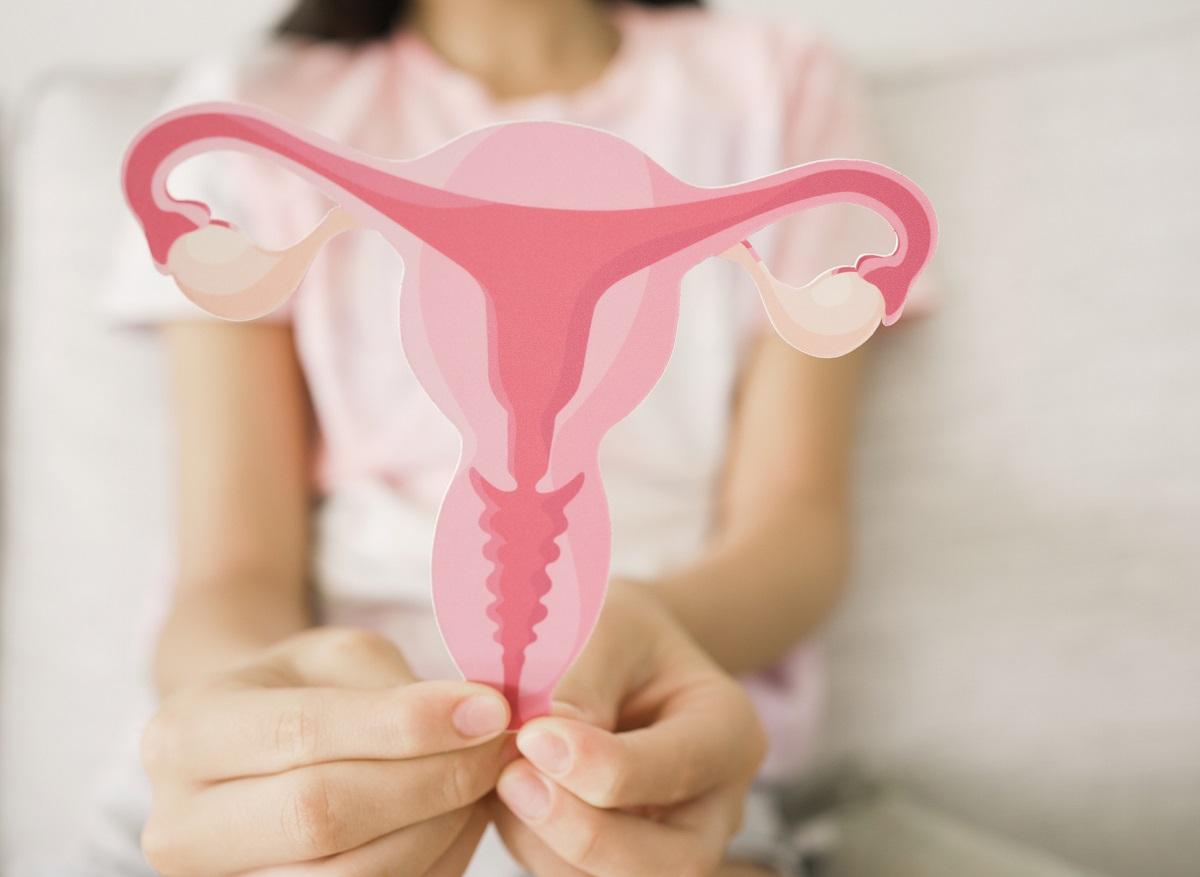A study analyzes the mechanisms that can increase women’s chances of having successful pregnancies in fertility clinics.
-1571934063.jpg)
Having children is the dream of many families, but for some of them it is impossible. Doctors define infertility as the inability to get pregnant after a year of regular, unprotected sex. What to do when this happens? Visiting a fertility clinic? However, in this area, these establishments still have a long way to go before achieving convincing results. A study, carried out by researchers from the Hospital Research Center of the University of Montreal (CRCHUM) and published in NatureCommunications, explores the mechanisms that likely contribute to the low pregnancy success rate in some fertility clinics.
“Basic science experiments like this allow us to understand how embryos develop, in order to help our clinical colleagues select the best embryos in the clinic,” said Dr. Greg Fitzharris, researcher at the CRCHUM and professor at the ‘Montreal university.
Two cores instead of one
Healthy cells usually have a nucleus, where DNA containing our genetic information is stored. However, when embryos are created in vitro in fertility clinics, these cells often have two nuclei. Fertility clinics still transfer these so-called “binucleate” embryos into the patient’s uterus, the published study explains.
“In our study, we showed in mouse embryos that binucleation has profound consequences. Basically, having two nuclei is bad news for the embryo. We found that binucleation increases the chances of the embryo developing a condition called aneuploidy, which reduces embryo health and could contribute to pregnancy failure,” says Lia Paim, lead author and doctoral student in the laboratory of the Dr. Greg FitzHarris. Aneuploidy is what happens when a cell does not have the correct number of chromosomes. This can have serious consequences such as the disability or even the non-viability of the embryo.
Increase the chances of having a child
Today, infertility is more common than you think. The number of people with fertility problems has doubled since the 1980s. The in vitro solution seems to be the only answer, although it fails for many couples.
However, this study is at the basic research stage and was performed in the laboratory on mice. But researchers believe this method will help fertility clinics select the best embryo that can be passed on to patients and that will work best. “This step is one of the keys to success in in vitro fertilization. Ultimately, it could increase the chances of some couples having children,” according to Lia Paim.
.







